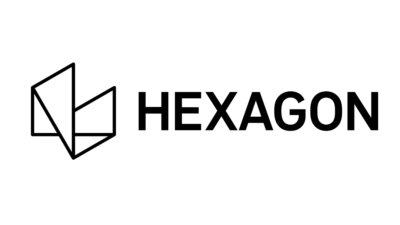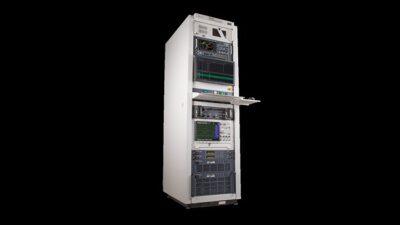QuesTek’s ICMD software now simulates melt pool dynamics and microstructure to optimize additive manufacturing processes.

QuesTek Innovations has added new simulation capabilities to its ICMD software, enabling more efficient additive manufacturing programs by reducing trial-and-error, shortening qualification timelines, and lowering development costs.
Predicting and designing for success
ICMD simulates key aspects of the printing process—melt pool dynamics, microstructure formation, and resulting part strength—so manufacturers can evaluate materials digitally before production. These validated predictions have been recognized in the U.S. Air Force Research Laboratory AM Modeling Challenge (2020) and the NIST AM Bench Challenge (2022), underscoring their accuracy and industry relevance.
In addition, the Alloy Design Toolkit enables the creation of materials specifically engineered for printability, helping avoid cracking and porosity. By ensuring that alloys are both high-performing and printable, manufacturers can accelerate the path to lighter aerospace components, safer energy systems, and advanced medical implants.
Optimizing builds with printability maps
Scaling AM requires precision in process parameters. ICMD addresses this challenge with intuitive printability maps that highlight safe operating windows for laser power, scan speed, and other variables. These maps help manufacturers reduce defects, achieve fully dense parts, and move to production with greater confidence and efficiency.
Accelerating innovation across industries
From supporting longer fatigue life in aerospace engines to enabling custom alloys for medical devices, ICMD offers a digital approach to materials development. The new AM capabilities help companies manage costs, lower risks, and accelerate the production of high-performance parts. This AM toolkit is the latest addition to the ICMD software platform, following the release of a fatigue toolkit earlier this year.
For more information, visit questek.com.



